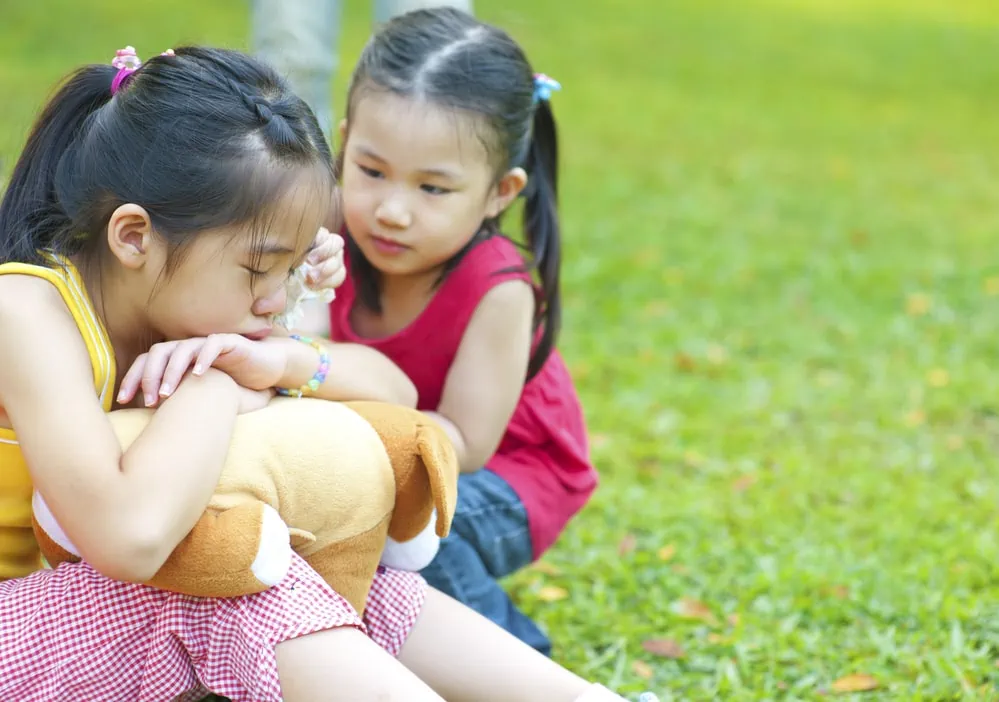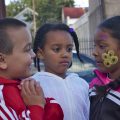It’s a familiar idiom on social media:
- I feel some feels.
- I’ve got all the feels.
- This hits me right in the feels.
Shorthand for the word “feelings,” Know Your Meme describes “feels” as a word
used to describe an intense emotional response, such as sadness, excitement or awe. The term is also commonly associated with the phrase ‘right in the feels,’ which indicates that something has deeply affected the speaker.
Context is often enough to at least give you a rough sense of the type of “feel” that’s been felt. Other times, though, the emotion remains vague – as if the speaker may not be able to identify the feeling at all, for whatever reason. They just “feel some kind of way.”
The Challenge of Knowing What You Feel

Yet often, you see it used for simpler emotional reactions – sadness, say, or astonishment. Such times, it can be hard not to wonder if this is a reflection of the difficulty that many young people have when it comes to identifying and understanding feelings, let alone higher level skills such as practicing empathy.
This is something that can present real challenges at times to those of us who regularly work with children. Some may even see it as a reason for despair or fear. Instead, we’d do well to acknowledge it as an important reminder that emotional intelligence isn’t something that just develops automatically and embrace it as powerful motivation to provide the guidance and support needed to nurture it.
Why It’s Important for Kids to Learn to Identify Feelings

And emotional intelligence is strongly linked to mental health and well-being. Children who are emotionally aware and can identify their feelings are more likely to develop positive coping mechanisms, manage stress effectively, and seek help when needed.
They’re also better equipped to manage and regulate their own emotions. They can learn strategies to cope with challenging ones, such as anger, sadness, or frustration. The ability to self-regulate, in turn, helps kids develop resilience and adaptability, enabling them to navigate social interactions and challenging situations more effectively.
At the same time, being able to understand and recognize emotions in others is a cornerstone of empathy, a crucial skill for building positive relationships, resolving conflicts, and cooperating with peers.
How Kids Learn to Identify Feelings

Stories, books, and other forms of literature provide excellent opportunities to explore and understand different emotions. Storytelling exposes children to characters experiencing a range of feelings, as well as different ways in which emotions can be expressed and managed. It allows kids to empathize and relate to characters’ emotional experiences.
Conversations about emotions also play a crucial role in helping children identify their feelings. Parents, teachers, and caregivers can engage in open and supportive conversations with them, encouraging them to express their emotions and helping them find appropriate words to describe what they are experiencing. In this way, they develop a vocabulary to express and understand not only their own feelings but those of others.
Nearly all of the social/emotional activities in Yoga Calm involve working with feelings in some way, including our basic Exploring Feelings activity:
- Brainstorm a list of feelings with your students and write them on the board.
- Ask students the purpose of these different feelings and record their responses.
- Ask students to come to the front of the class one at a time and act out one of the feelings listed on the board. Give the class three guesses. If the class hasn’t guessed correctly after three tries, have the actor reveal the feeling.
- Discuss with the students how different feelings can look the same – for instance, how it can be hard to tell the difference between loneliness and tiredness. Discuss ways of finding out how a person is feeling and the danger of assuming you know how someone feels. Discuss how posture (“body language”) can communicate a feeling and have students demonstrate postures of strength and postures of victimization.
Many variations on this activity are possible. For instance, you can have students demonstrate what it’s like to have two feelings at once in the body; or sudden shifts in feeling; or using one feeling to hide another. You can talk about ways to take care of yourself when certain feelings emerge.
Or have them try a 1- to 5-minute check-in with the body to see what it is they’re feeling in the present moment. Ask students to share what their bodies are feeling and describe what they might need to do to take care of themselves because of those feelings.
Foundational activities such as this one are then reinforced through other Yoga Calm activities such as those focused on communication skills or leading/following, which let them practice “reading” others and responding in appropriate ways. Yet others, such as Happiness Recipe, help children learn to identify emotional needs.
The goal is to support kids’ development into adults who can say things like “I get all the feels” and still be able to answer astutely if asked to identify just what those feelings are and know what they mean and what to do with them.
You’ll find more activities like Exploring Feelings in our book Yoga Calm for Children.





